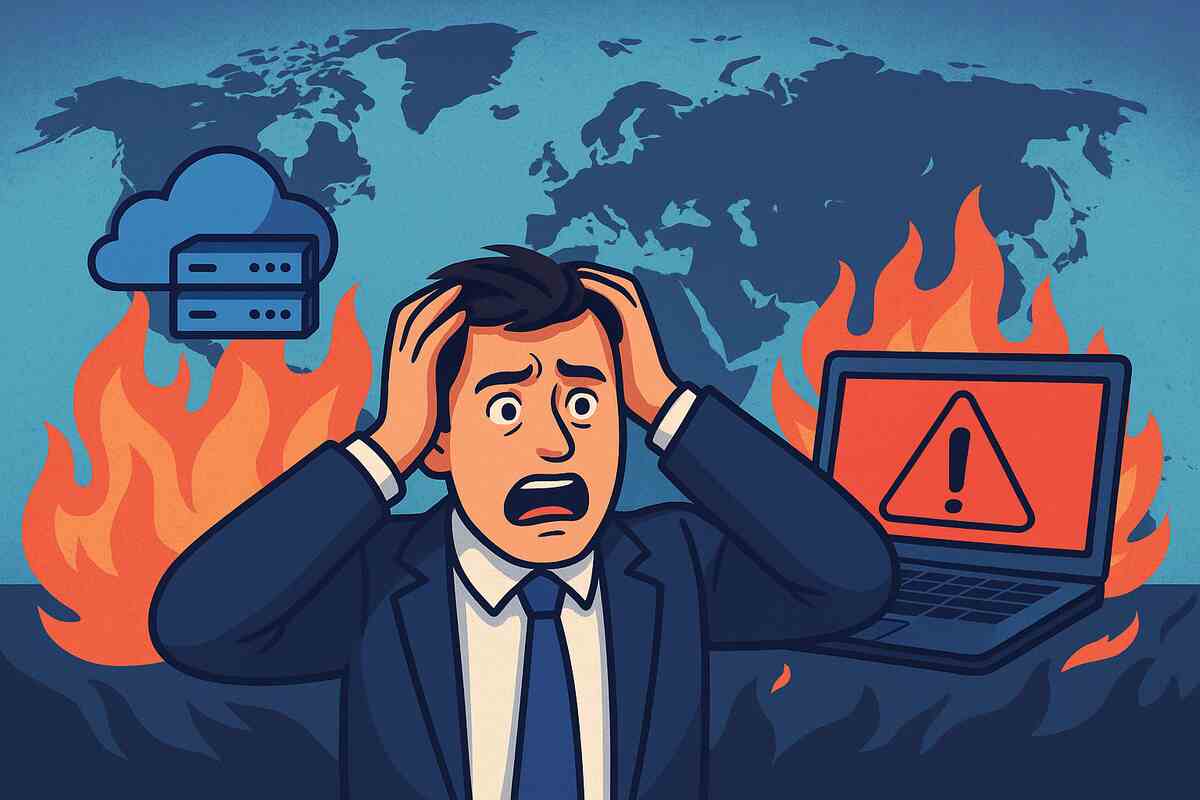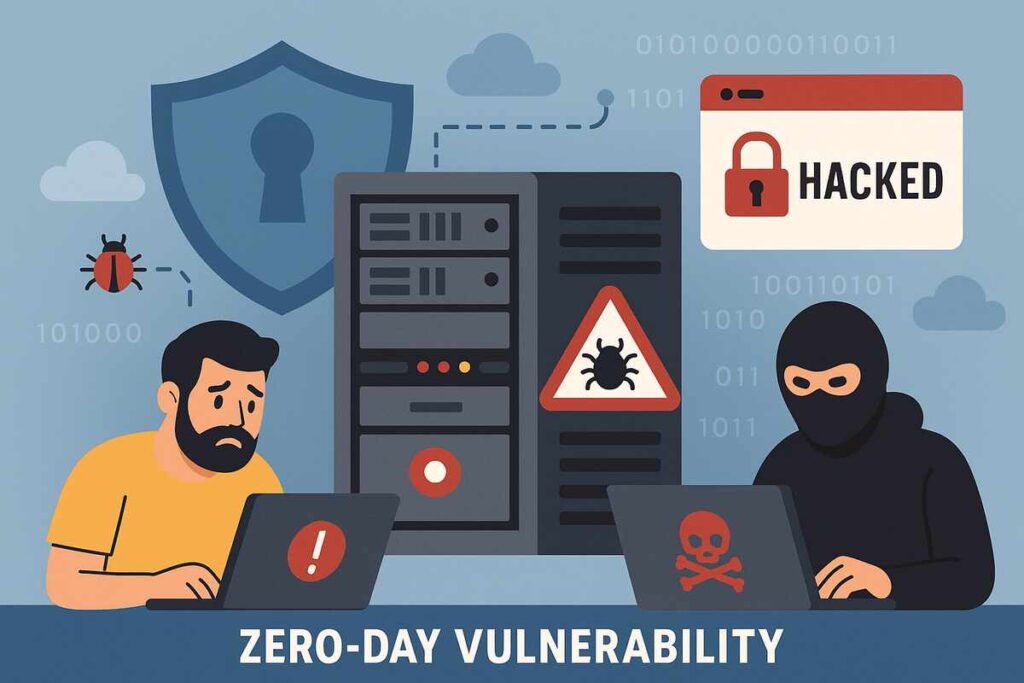Physical Address
304 North Cardinal St.
Dorchester Center, MA 02124
Physical Address
304 North Cardinal St.
Dorchester Center, MA 02124

In a chilling reminder of the fragility of modern digital infrastructure, a newly discovered zero-day vulnerability has sent shockwaves across the cybersecurity world. As security experts race to patch systems, governments, enterprises, and individuals face a growing threat with far-reaching implications. The term “zero-day” may sound obscure, but its impact is anything but — it signifies a vulnerability exploited before developers are even aware of it, leaving systems wide open to attack.
This unfolding crisis highlights the need for proactive security, global collaboration, and deep awareness of how critical software vulnerabilities can cause worldwide disruption.

A zero-day vulnerability is a security flaw in software or hardware that is unknown to the party responsible for fixing or patching it. The term “zero-day” refers to the fact that developers have had zero days to address the issue before it’s exploited.
These flaws are dangerous because they bypass traditional defenses, making them powerful tools for hackers, cybercriminals, and even nation-state actors.

The current wave of panic began when multiple cybersecurity agencies and private threat intelligence firms detected coordinated attacks exploiting a zero-day vulnerability in a widely-used cloud infrastructure component.
The CISA (Cybersecurity & Infrastructure Security Agency) quickly issued a red alert, urging organizations to review and isolate affected systems immediately. Major cloud service providers including Amazon AWS and Google Cloud have acknowledged the threat and begun implementing countermeasures.

Threat actors can exploit zero-day flaws silently and at scale, often for months before anyone notices. This leads to:
Until a patch is developed and tested, organizations must rely on containment strategies. This delay:
Zero-day exploits are prized assets. Advanced Persistent Threat (APT) groups buy them on black markets for millions of dollars.
A single zero-day can be chained with other vulnerabilities to gain deeper control — known as zero-day chaining — making remediation even harder.
Used multiple zero-day exploits to sabotage Iranian nuclear centrifuges. First known instance of a cyberweapon causing physical destruction.
An NSA-developed exploit leaked online and became the foundation for the WannaCry ransomware attack, crippling systems worldwide.
One of the most critical zero-day vulnerabilities in Java-based applications. Its reach included Apple, Amazon, Twitter, and over three billion devices.
Each case underscores how a single unchecked flaw can cascade into a global emergency.
Organizations and governments are now actively sharing:
High-authority entities like MITRE and CISA have issued advisories and threat intelligence packages.
Deploy behavior-based monitoring tools that:
Include:
Run table-top exercises to ensure your incident response teams know how to act fast during zero-day emergencies.
The EU’s ENISA, US-CERT, and Japan’s NISC have begun synchronized analysis and outreach to software vendors.
New cyber regulations are being drafted to mandate:
Multiple nations have announced increased budgets for:
A zero-day vulnerability is a software or hardware flaw unknown to the developer, making it exploitable by attackers before a patch is available.
They bypass traditional security measures and are exploited without warning, often targeting critical systems and infrastructures.
While total prevention is difficult, you can reduce risk through:
A zero-day vulnerability is the flaw itself; a zero-day exploit is the method used to take advantage of that flaw.
The aftermath of this latest zero-day vulnerability event will unfold over weeks, possibly months. Organizations are now in triage mode, prioritizing containment while awaiting permanent fixes. Cybersecurity vendors are deploying threat signatures to defend against similar attacks, while cloud providers are hardening infrastructure access layers.
In the long run, this crisis serves as a wake-up call. The digital economy depends on robust, secure infrastructure — and as the sophistication of threats rises, so too must our response strategies.
The bottom line: Zero-day vulnerabilities are no longer rare exceptions. They are becoming the new norm, and the cost of complacency is simply too high.